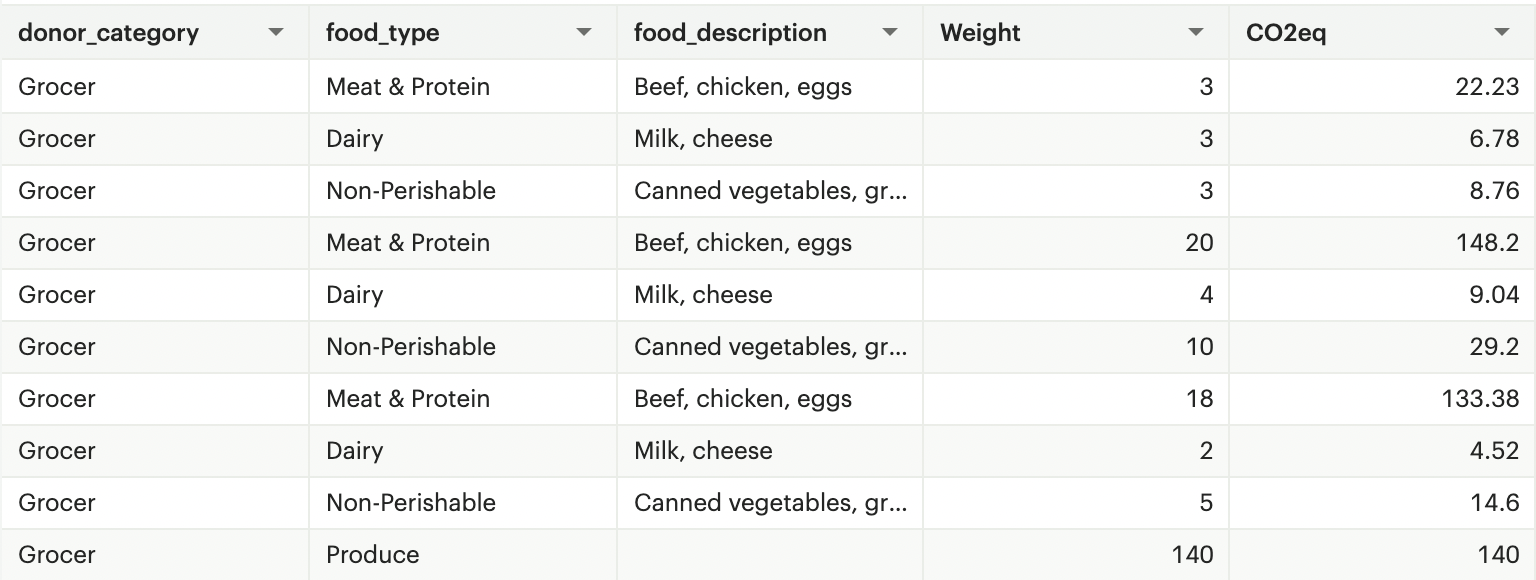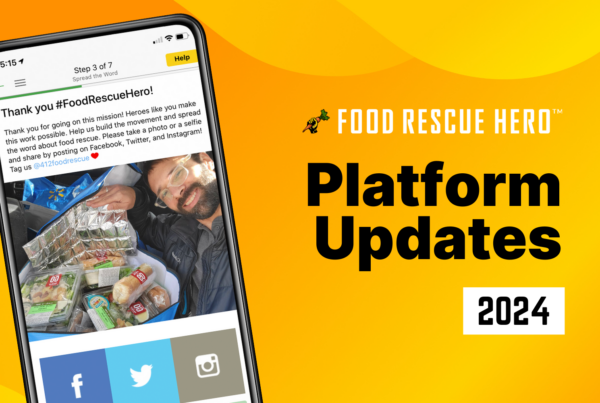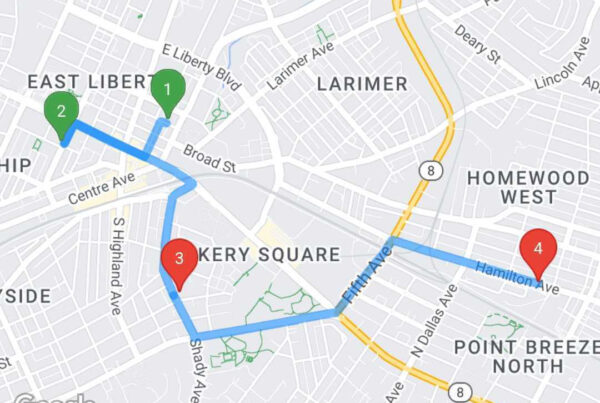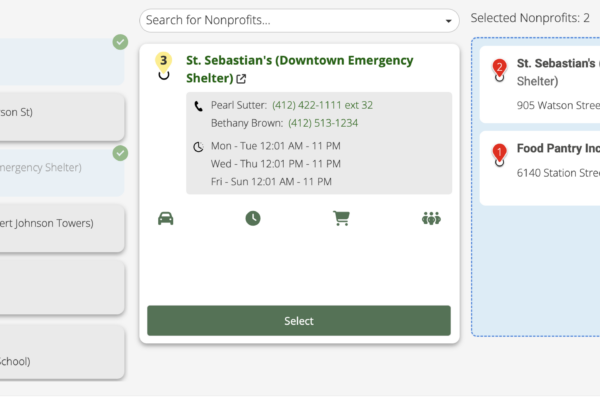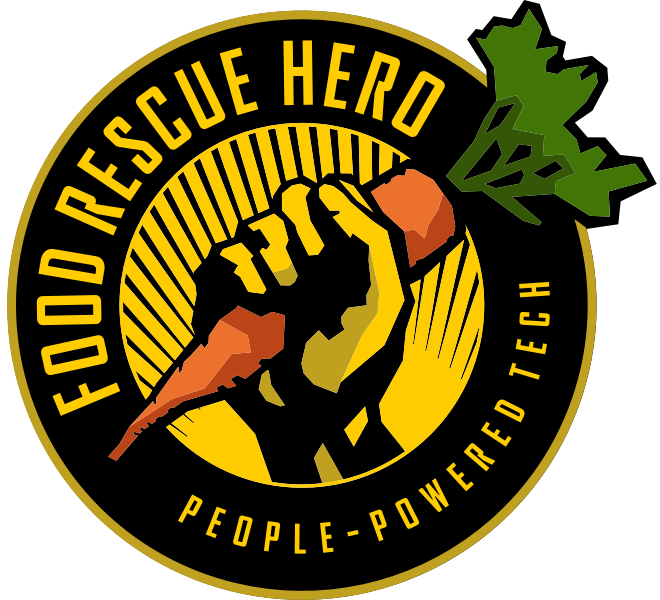At Food Rescue Hero™, we’ve always known that the impact of food rescue goes beyond simply addressing and minimizing food insecurity. Food waste is also a significant contributor to global greenhouse gas emissions, making up about half of the emissions of food production. In fact, if food waste were represented as a country it would be the third largest emitter of greenhouse gasses “behind China and the United States”. Because of this, it’s important for us in the food recovery space to know how our work plays into the proposed solutions around global climate change.
We’re excited to introduce our latest innovation: a pioneering measure within the Food Rescue Hero platform that calculates the tangible environmental benefits of each individual food rescue based on its makeup of foods.
Previously, all food recovery organizations could use a generic calculation based on averages to estimate their environmental impact – but it wasn’t specific to the organization or actual food being rescued. Using ReFed’s impact calculator, our team integrated different factor levels for each food type directly into the native reporting in our platform. So when a Food Rescue Hero Network partner looks at their impact and the entire Network impact, they’re seeing actual specific data for every piece of food their volunteers and staff have recovered.
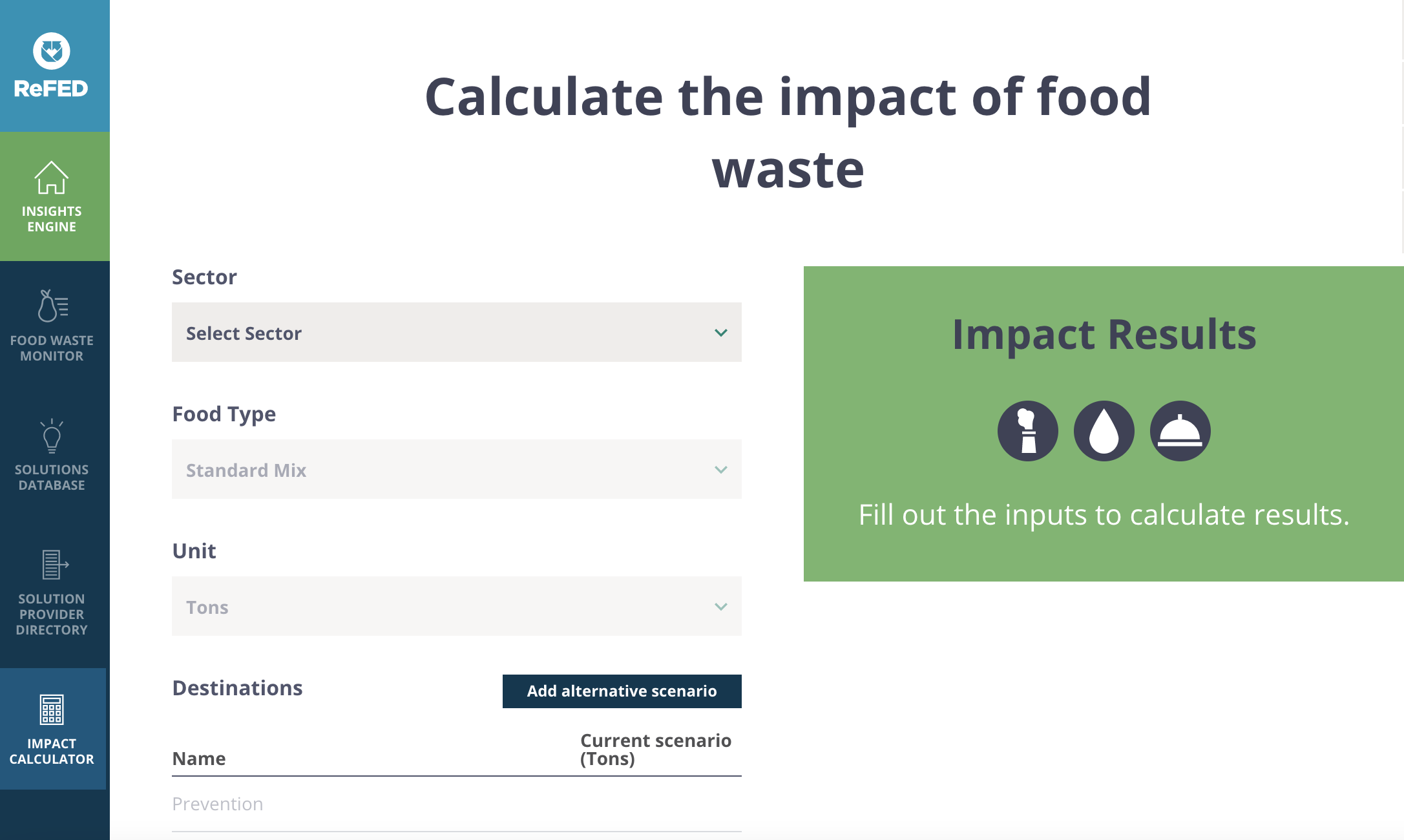
Background
Our team has meticulously integrated the ReFed impact calculator measurements into our platform, leveraging its sophisticated research and calculations to assess the carbon footprint reduction associated with rescued food. This measure doesn’t just stop at estimating overall emissions but dives deeper, considering various factors like the source of the food (be it grocery stores, restaurants, or wholesalers) and the specific type of food donated.
How It Works
Our groundbreaking system operates by evaluating each donated item’s weight, and then utilizes data-driven calculations to determine its individual carbon offset. This granular approach allows us to accurately gauge the environmental impact of every food item rescued through the Food Rescue Hero platform, instead of using an averaged, global calculation factor nonspecific to the actual food being rescued.
The Impact
The implications of this breakthrough are profound. By quantifying the CO2 emissions avoided through food rescue, we’re not just preventing waste; we’re offering industry best quantification of each food rescue organization’s contribution to the fight against climate change. Whether it’s diverting surplus produce, perishables, or packaged goods, each donation now comes with a measurable environmental benefit.
Making a Difference, Together
This advancement is a testament to our commitment to sustainability and leveraging technology for a greater good. It wouldn’t have been possible without the collaboration of dedicated teams and the support of our partner organizations committed to reducing food waste and environmental impact.
Looking Ahead
This is just the beginning. We’re continuously refining our systems, exploring new avenues, and seeking innovative ways to expand our impact. Our goal remains to create a world where surplus food finds its way to those in need while significantly lessening our environmental footprint.
We’re immensely proud of this milestone and immensely grateful for the opportunity to help partner organizations understand their contribution not only to the reduction of local food insecurity, but making our planet a better place as a whole.




